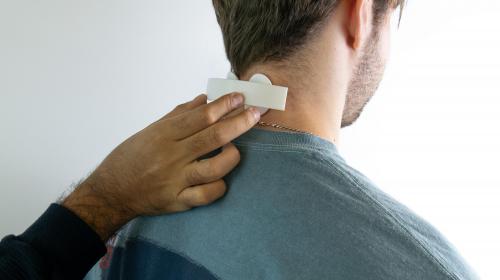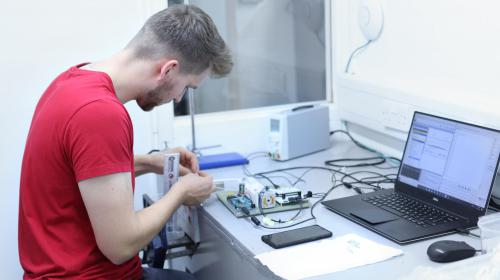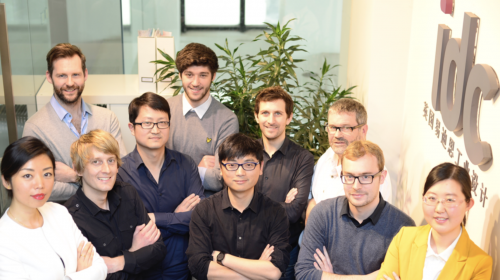Medical Product Design for the Future of Healthcare
In healthcare, a product’s reliability can be the difference between safe treatment and serious harm. Medical product design requires more than creative thinking or technical skills. It demands a deep understanding of the environments where products will actually be used, the risks involved at every stage, and the people who rely on them.
IDC has spent over 50 years developing medical products that work not just in theory or on paper, but in the complex, fast-moving reality of clinical settings. In this article, we take a closer look at what makes medical product design so demanding and how we help clients rise to that challenge.

Medical Product Design Experience You Can Build On
From diagnostic tools to drug delivery systems, surgical instruments to patient monitors, we’ve worked across the full spectrum of medical devices, supporting everything from early-stage innovation to full production. Our experience spans Class I, II, and III devices and includes projects for emerging start-ups and well-established healthcare manufacturers alike.
As an ISO 13485-certified consultancy with on-site manufacturing and testing facilities, we offer clients a fully integrated development process. This means that concept generation, design, prototyping, engineering, testing, and production are all under one roof. The outcome is more aligned thinking, fewer handovers, and a clear line from initial idea to final product.
Making Usability a Design Priority
Medical product design starts with people, not just how a product should work, but how it’s likely to be used (and misused) under pressure. Devices often need to perform reliably in noisy, unpredictable, time-critical environments. So simplicity, clarity, and ease of use are essential.
We put usability at the centre of every project, running in-depth user research, human factors studies, and iterative testing throughout development. That might include observing real-world workflows, speaking directly with clinicians or patients, and building and testing prototypes to gather early feedback.
We design with compliance in mind too, working to IEC 62366 and building in the evidence required by FDA and MDR guidance. With specialists in usability, interaction design, and human factors engineering on our team, we ensure that every design is informed by real-world use, not just technical specifications.

Risk Management at Every Step
When it comes to medical product design, risk management is the backbone of our responsibility to healthcare professionals and patients. That’s why we start early and keep going, using ISO 14971 as our framework throughout the development process.
From initial hazard analysis to detailed FMEA and ongoing risk-benefit evaluation, we identify and mitigate potential issues through design whenever possible. Each control is verified and validated, with traceable documentation to support regulatory review. Embedding risk management like this helps reduce last-minute surprises, smooth the path to approval, and ensure safer outcomes for end users.
An Integrated Path from Idea to Manufacture
One of IDC’s strengths is our in-house capability. Our team includes industrial designers, engineers, and manufacturing specialists, all working side by side. We also have on-site facilities for rapid prototyping, testing, and low-volume production, including cleanroom assembly.
This setup allows us to move quickly and stay responsive. We can test, adjust, and refine in real time, keeping a close eye on how changes affect everything from usability and safety to manufacturing feasibility and cost. With the entire process under our control, we help clients avoid disconnects between design and production and navigate regulatory hurdles more smoothly.

Healthcare is changing. There’s growing demand for home-based care, connected systems, and AI-driven diagnostics. As these trends accelerate, the demands on medical product design will continue to evolve. But the one thing that remains constant is the need for safe, usable, and reliable devices that meet real-world clinical needs. At IDC, we’re focused on designing products that respond to these shifts without losing sight of the fundamentals—patient safety, regulatory compliance, and practical performance. If you’re planning a new medical device and need a development partner who can help you bring it safely and successfully to market, explore our medical sector services to find out how we can support your next project.Designing for the Future of Healthcare


